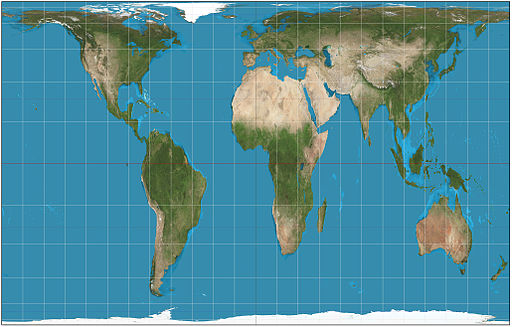
The World Religions course is a fabulous opportunity to teach students to think critically about the various representations of the world’s religious traditions. With the critique of the world religions paradigm and its colonial roots (see Masuzawa’s Invention fo World Religions), as well as problematic assumptions contained in any singular description of world religions (see, for example, my Culture on the Edge post The Harm of World Religions), it is vital to challenge singular narratives and to help our students learn to analyze whatever narrative they hear.
However, those of us who teach this course know that this is a more complex task than just adding “s” on the end of a name (from Judaism to Judaisms, for example). Rather, the issue at hand is to help students recognize the human social interests that cause these various perspectives to emerge. To help with this challenge, Leslie Dorrough Smith at Avila University and I are working on a new textbook, Religions of the World: A Critical Introduction. The approach in this textbook (which we hope will be published late next year) is to discuss some of the major religious traditions by presenting different (and sometimes competing) representations of each of them, along with a separate analysis of the interests and assumptions that inform each particular representation.
For instance, one of the most popular portrayals of Hinduism focuses on bhakti, or devotion to the gods. We present a fairly typical version that emphasizes how insiders often approach bhakti, alongside traditional discussions of the beliefs and behaviors that inform the concept. After presenting this more standard description, however, we examine a number of different political and social ways that the concept has been used. In this specific example, we analyze the assumptions about the nature of religion (worship of spiritual beings) that this description reflects, regional disputes over the superiority of one god versus another (often heavily informed by caste), and the British portrayal of the gods as idolatry, and thus a justification for colonial control. We also consider countercultural or change-making instances that push against more conservative renderings of these practices. One example is the “Dark is Divine” movement to fight against colorism by promoting an image of the gods with darker skin.
In other words, we want to show not just how religion is described, but how it works for those who create these representations. This means that in addition to talking about the representation itself, we also deal with certain elements that each representation might exclude. Consider, for instance, that a popular representation of Christianity is that it is simply the teachings of Jesus. One reason why this vantage point is so popular is that there are a great number of things that Jesus did not address – abortion, homosexuality, gun control, government — that have, nevertheless, become central to other representations of Christianity (and particularly those who emphasize its political power in the United States). Some who emphasize Jesus’s teachings as the central element of Christianity are thus able to distinguish their perspective by emphasizing what Jesus did not say rather than focusing more affirmatively on what he did.
The goal with this approach is two-fold. Students will gain some basic knowledge about the various religions, which can be useful in navigating a diverse world where discussion of religion is abundant. But all of that discussion needs critical analysis. We want our students to recognize the choices being made and the potential interests and assumptions informing those choices. Our hope is that this book will demonstrate how different representations are possible, each with its own frames and exclusions. The goal is for students to finish the semester with their analytical skills sharpened for whatever representation they encounter, all the while avoiding giving them an “authoritative” singular representation in the course.
In my own Religions of the World course during this unusual semester, students will be using drafts from this textbook. Their experiences reading the textbook and engaging in the course will help us refine our presentation. It will also hopefully help the students develop their skills for the critical analysis of representations, one of the longstanding objectives of my Religions of the World course at UA.